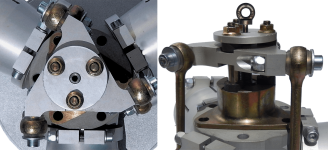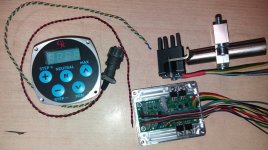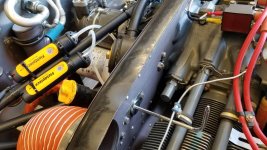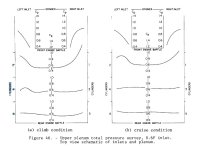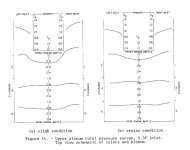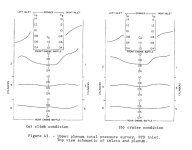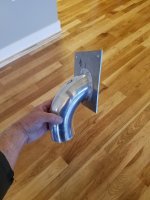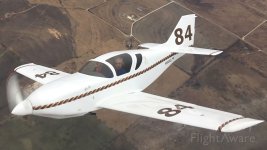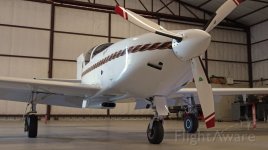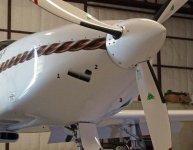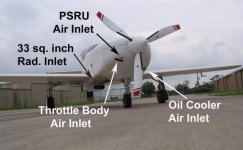charosenz
Well Known Member
100 hours on engine; going strong
I have not posted much only because I have been busy with non-aviation life. (Moving across the country and building a new home sorta takes a bit of time.)
I just reached the 100 hours on the engine, with about 85 ish of it flight time. I have not had any issues with the engine or the PSRU. I typically run it at about 4500 RPM. I have only added one quart of oil in that time frame. Things seem to be going well with the set up.
Good flying to you all.
Charlie
Now, Magnolia KY.
I have not posted much only because I have been busy with non-aviation life. (Moving across the country and building a new home sorta takes a bit of time.)
I just reached the 100 hours on the engine, with about 85 ish of it flight time. I have not had any issues with the engine or the PSRU. I typically run it at about 4500 RPM. I have only added one quart of oil in that time frame. Things seem to be going well with the set up.
Good flying to you all.
Charlie
Now, Magnolia KY.



